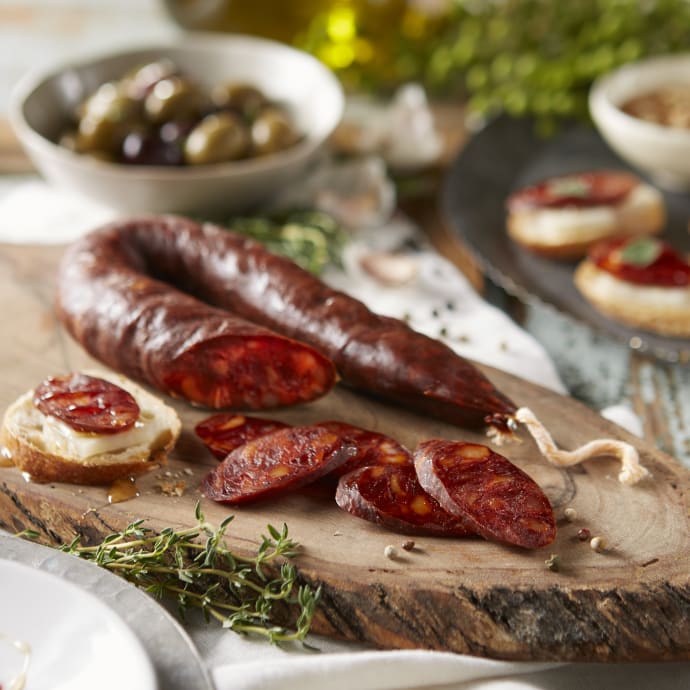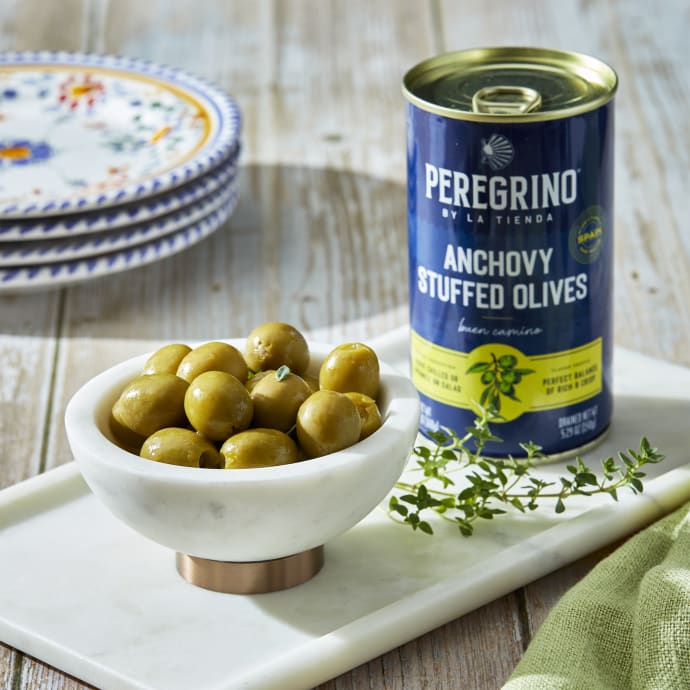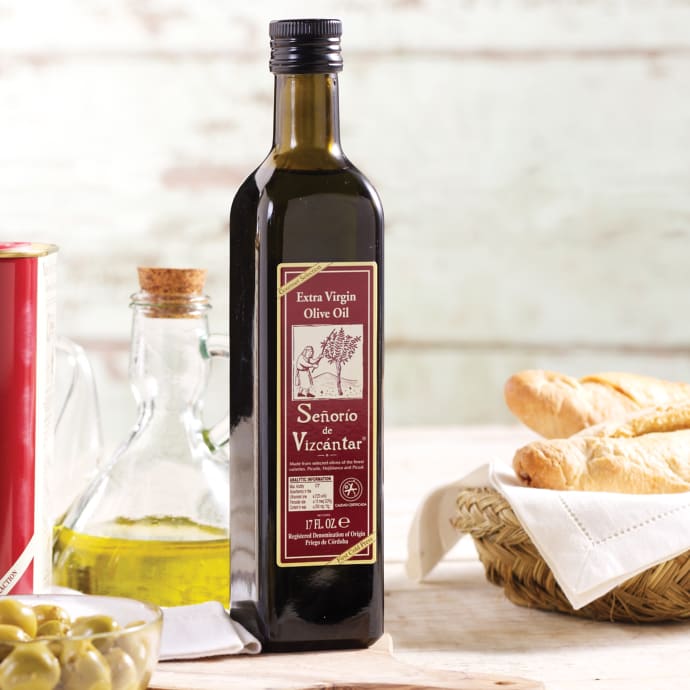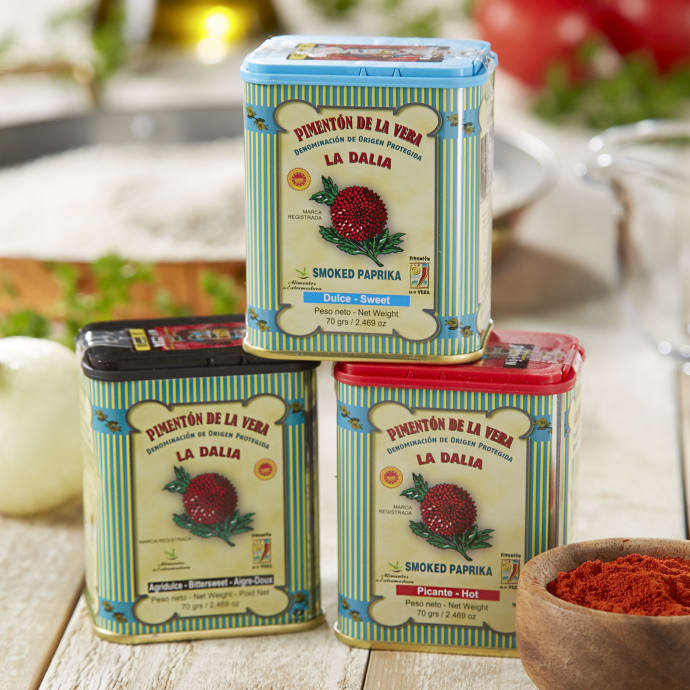Elaine Glusac, Tribune Media Services
Food trends hover over the Mediterranean like a stationary weather cell, drifting between Italy and France, with occasional dips down to Morocco. Perhaps it's no surprise, then, that the rain is currently over Spain.
"Spain is the center of the culinary universe right now," says Anya von Bremzen, author of "The New Spanish Table" (Workman).
This is not simply a matter of restless taste buds in a country undergoing a culinary revolution. At his world-famous restaurant El Bulli, north of Barcelona, chef Ferran Adria has snared the international spotlight by applying science to cooking, deconstructing traditional dishes and mixing unusual ingredients.
"People wanted to shake off the old lifestyle," says Miss von Bremzen, whose book combines new and classic recipes. "Eating new food was part of being modern. The Spanish are very adventurous."
While home cooks are unlikely to attempt Mr. Adria's high-wire culinary theatrics, the buzz has pushed traditional and, until recently, little known Spanish foods into the stateside spotlight. The essential flavors of Spain rely on specific ingredients such as jamon (cured ham), pimenton (smoked paprika), olives and olive oil, cheeses and anchovies.
"The gastronomic range is huge but simple," says Jose Andres, who runs the three Jaleo restaurants in Washington, Bethesda and Arlington and is author of "Tapas: A Taste of Spain in America" (Clarkson Potter).
"If you have olive oil and pimenton, you can do [many] different recipes," he says.
Compared with the starch-mad Italians and the sauce-happy French, Spaniards are more restrained, allowing one major ingredient in a dish to solo. "Spanish cooking is drier, more singular, not as diffused," says Miss von Bremzen. "It's about one ingredient tasting very good, like tossing sardines with garlic and parsley and leaving it alone. Even when chefs riff on it, they don't put a lot on the plate."
Getting some of the ingredients may require planning. Internet sites such as www.latienda.com and www.spanishtable.com specialize in Spanish goods hard to find in most American grocery markets. Once procured, Spanish food is beginner-friendly, aficionados say.
"If you're doing a dinner party, you can start with a spread of things that are very Spanish and easy to do, including jamon, olives and cheese," says chef Andrew Zimmerman, who once cooked contemporary American dishes but goes Spanish at the new Del Toro restaurant in Chicago.
Spain's most familiar and widely copied dining format -- tapas served on small plates -- puts flexibility on the menu. Entertaining with tapas allows you to show off your skills at multiple dishes or to fudge it by mounting last night's stew atop crusty bread slices accompanied by bowls of olives and almonds.
"Tapas provide the freedom to have not one but six, seven, eight dishes," Mr. Andres says. "It's the union of the high-end tasting menu and informal cooking. Tapas gives you the freedom in a simple, informal way to share a lot of things."

 BEST SELLER
BEST SELLER SHIPS FREE
SHIPS FREE BEST SELLER
BEST SELLER BEST SELLER
BEST SELLER





